Le musée trompe l'oeil de Namsan - 박물관은 살아있다(N서울타워점)
3.0Km 2019-03-26
Séoul, Yongsan-gu, Namsan Gongwon-gil 105
+82-2-2043-0669
La tour N Seoul, située au coeur de Séoul, attire de nombreux visiteurs quelque soit la saison. Les visiteurs peuvent aussi désormais visiter le musée 'ALIVE MUSEUM' dans le même lieu. Le musée trompe l'oeil de la tour N Séoul propose 45 oeuvres sous différentes thématiques, divisées en deux hall d'exposition.
* Date de l'ouverture : Le 8 janvier 2014
Tour Namsan Seoul (남산서울타워)
3.0Km 2024-05-17
105, Namsangongwon-gil, Yongsan-gu, Seoul
+82-2-3455-9277
Ouverte pour la première fois au public le 15 octobre 1980, la Tour Namsan est considérée depuis longtemps comme un haut lieu touristique grâce à la vue qu’elle offre sur la mégalopole. S’élevant sur la montagne Namsan, haute de 243 mètres, cette construction de plus de 236 mètres a souvent été appelée la “plus grande tour d’Asie”. La Tour Namsan, qui jouit d’une telle réputation auprès des touristes depuis presque 30 ans, a fait récemment peau neuve et s'installe désormais comme un lieu incontournable dans la capitale.
La tour a récemment changé de nom et s’appelle officiellement “N-Séoul Tower”, N pour Namsan (la montagne sur laquelle s’élève la tour) et pour “New / Nouvelle”. Le changement le plus visible et spectaculaire de cette nouvelle tour sont ses illuminations. En fonction des saisons et des différents événements la tour se pare de lumières de différentes couleurs ainsi que de divers motifs, offrant aux séoulites un véritable spectacle lumineux. La tour propose désormais un accès également vers la 'Seoul Tower Plaza', nouvel espace multiculturel.
n·GRILL (엔그릴)
3.0Km 2021-03-18
105, Namsangongwon-gil, Yongsan-gu, Seoul
+82-2-3455-9297
n·GRILL sits on the 5th floor, the highest level of Namsan Seoul Tower, providing a 360° panoramic view of Seoul as the restaurant rotates. n·GRILL serves a full course steak menu along with vintage wine. Enjoy a spectacular dining experience for a special event at n·GRILL.
* Rotation speed: 1 complete clockwise revolution every 2 hours
The Place Dining (더플레이스다이닝)
3.0Km 2019-12-18
105, Namsangongwon-gil, Yongsan-gu, Seoul
+82-2-3455-9220
A casual restaurant situated in the N Seoul Tower, The Place Dining welcomes all guests with the utmost friendliness, and provides a comfortable atmosphere. The beautiful rooftop garden terrace and sky promenade offer a spectacular view overlooking the N Seoul Tower area. The pasta and pizza are made to order, serving the genuine tastes of Italy. The Place Dining only uses the finest ingredients for all of its dishes, including healthy salads and soups.
HAN COOK N Seoul Tower (한쿡 N서울타워)
3.0Km 2021-03-18
105, Namsangongwon-gil, Yongsan-gu, Seoul
+82-2-3455-9292
HanCook is an elegant Korean restaurant located in Namsan Seoul Tower serving the traditional beauty and tastes of Korea in a comfortable setting. The buffet-style traditional Korean corner is especially popular among both locals and tourists, offering a variety of more than 30 different dishes in an antique atmosphere. HanCook also boasts a special formal dinner menu only available here. This Korean family restaurant aims to introduce traditional Korean food to the world.
Wonjo 1ho Jangchungdong Halmeonijip(원조1호장충동할머니집)
3.0Km 2020-11-17
174, Jangchungdan-ro, Jung-gu, Seoul
+82-2-2279-9979, +82-2-2275-1064
Following his mother’s footsteps, the son of the previous owner is now managing the family business. Opened during the early years of Jokbal Street, the delicious meat at this restaurant is fondly remembered by customers. While the meat itself has almost no fat, the fat portion is extremely soft and savory. This restaurant is also different from the others in that it provides kongnamul-guk (bean sprout soup) with the jokbal (steamed pork hock). Pyeongyang-style naengmyeon (cold noodles) and tteok-mandu-guk (rice cake-dumpling soup) are also delicious. Pyeongyang naengmyeon is cooked to suit South Korean tastebuds. Besides, the noodles and dumplings are hand-made. Despite the restaurants long history, the building of the restaurant is clean and well-maintained as it was being rebuilt after a fire in the 1980s. There are plenty of tables on the first and second floors to accommodate customers, and the third floor is reserved for large groups. Especially noticeable is the clean appearance both inside and out, despite the restaurant’s long history; probably because the building was rebuilt after a fire in the 1980s. Plenty of tables on the first and second floors accommodate customers, and the third floor is reserved for large groups.
Owl's Cutlet Premium Namsan Seoul Tower(부엉이돈가스 남산서울타워)
3.0Km 2021-04-15
105, Namsangongwon-gil, Yongsan-gu, Seoul
+82-2-318-0518
This is a Japanese cuisine located in Namsan Seoul Tower, Seoul. A restaurant serving cast iron-grilled pork cutlets. The best menu at this restaurant is pork cutlet.
Pyeongando Jokbal (평안도족발집)
3.0Km 2021-03-30
174-6, Jangchungdan-ro, Jung-gu, Seoul
+82-2-2279-9759
Pyeongando Jokbal has a history of over 50 years, and is very popular among all the jokbal (pig's trotter) restaurants in the Jangchung-dong Jokbal Street area. The taste is outstanding, making this hard-to-find restauant a favorite among jokbal lovers.
Donga Stationery (동아완구)
3.0Km 2024-09-20
5 Jongno 52gil, Jongno-gu, Seoul
Donga Stationery désigne un magasin situé le long de la rue Changsin-dong Stationery. Le magasin propose une large gamme de produits prisés par les enfants mais aussi les adultes. Le magasin se situe près de la sortie 4 de la station Dongdaemun (ligne 1).
Porte Gwanghuimun (광희문)
3.0Km 2021-02-24
344, Toegye-ro, Jung-gu, Seoul
+82-2-3700-3900
La légende raconte que la porte Gwanguimun fut construite en 1396, lors de la 5ème année du règne du roi Taejo, au Sud-Est de la capitale (Séoul). Elle fut souvent appellée ‘Porte Sugumun’ (canal) et fut d’ailleurs utilisée en tant que Sigumun, signifiant littérallement “porte des corps”, puisque les processions funéraires passaient par cette porte quand elles se dirigeaient à l’Est.
Durant la guerre Imjin (invasion Japonaise de la Corée, 1592-1598), la porte de la forteresse fut détruite à tel point qu’il fut ensuite quasi impossible de retrouver son emplacement exact. Néanmoins, les efforts de reconstruction ont été entrepris en 1711 (37ème année du règne du roi Sukjong), le canal fut restoré et une tour construite. Le porte Gwanghuimun est par la suite restée intacte, même lorsque les murs de la forteresse furent démolis pour la construction de rails de tramway durant la rège coloniale japonaise. Elle fut cependant largement abîmée pendant la guerre de Corée puis laissée en ruine. En 1975, des travaux de resturation furent entrepris afin de relocaliser la porte à 15m de son emplacement d’origine, dans une optique de dégager le milieu de la route.

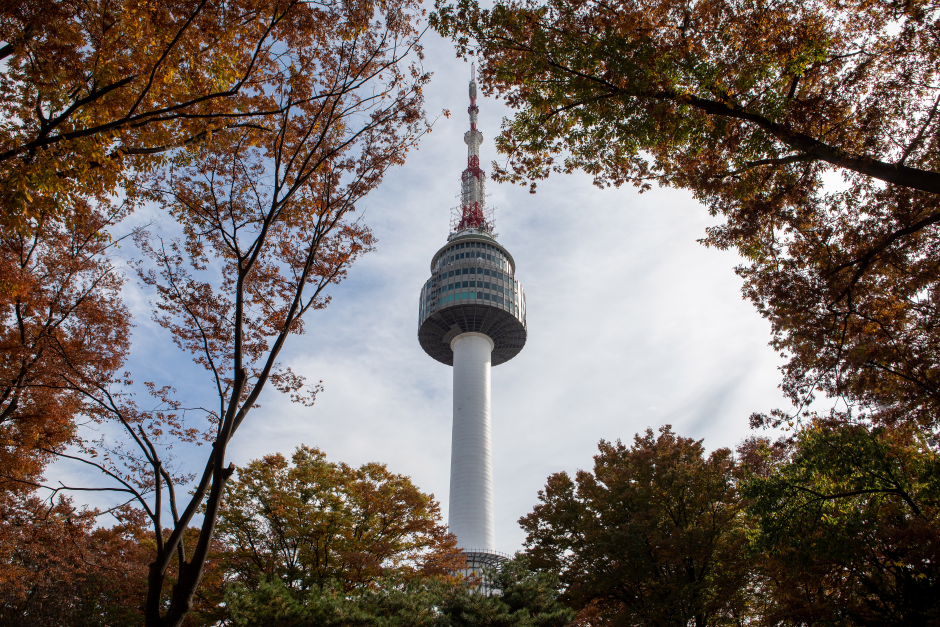

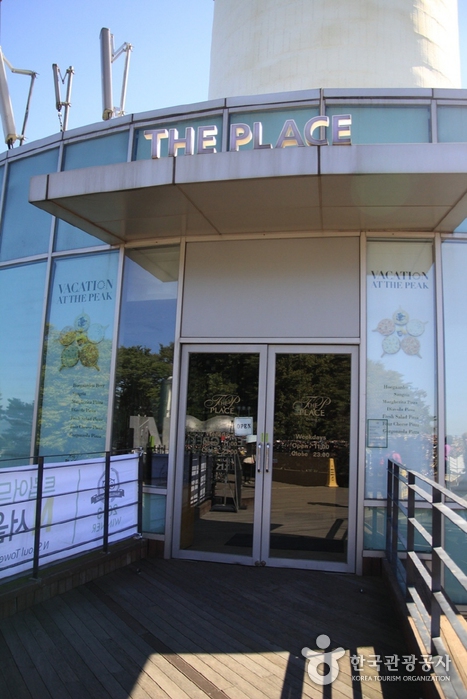
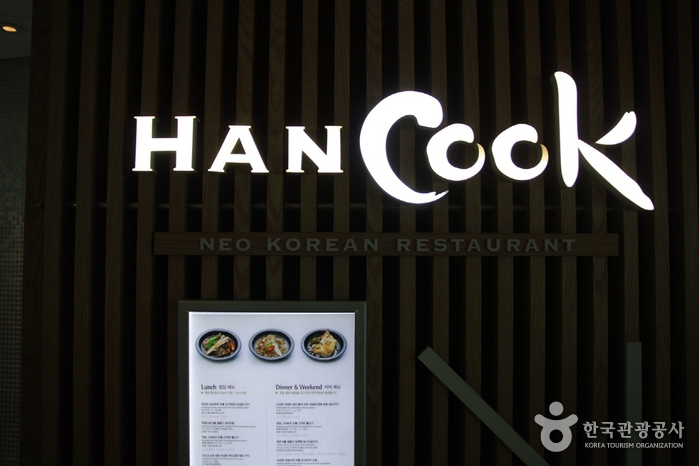
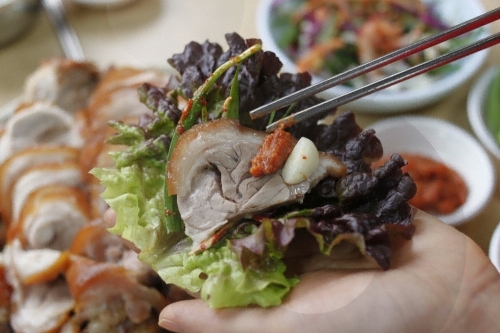
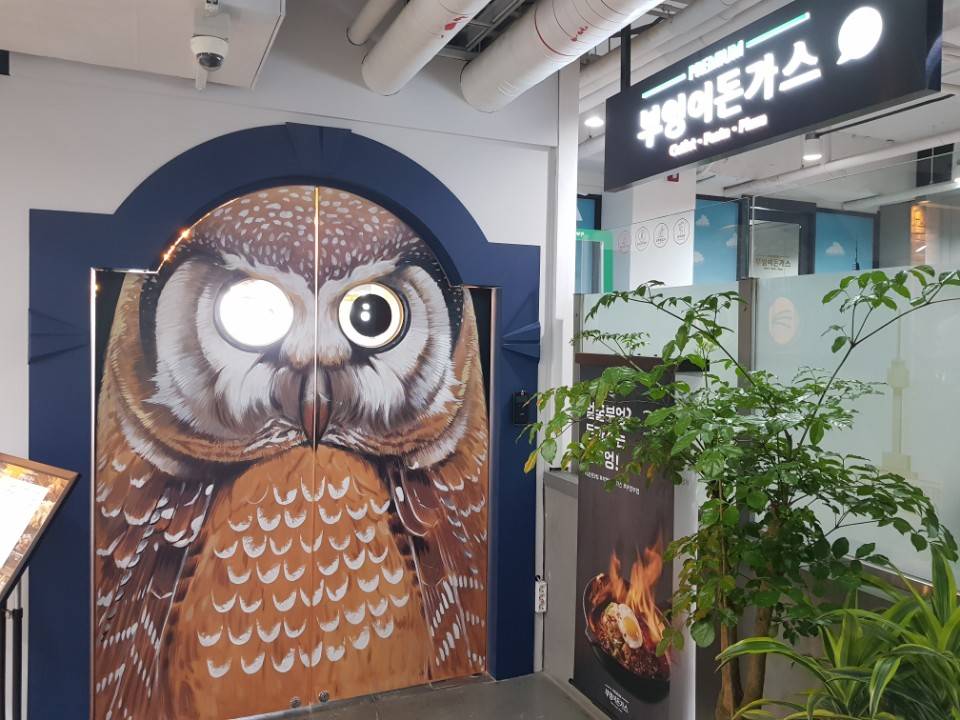
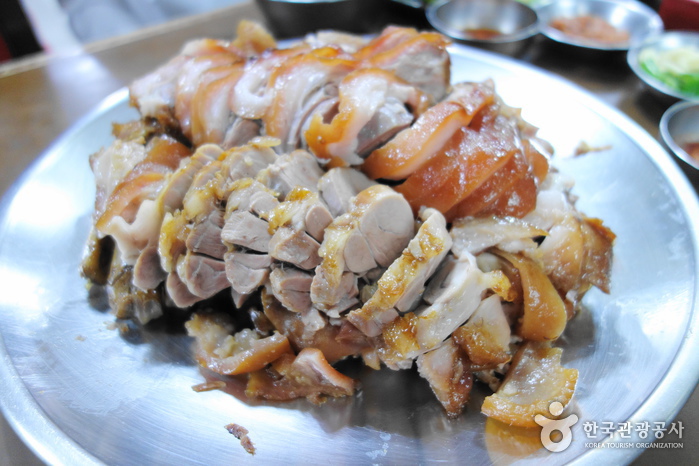
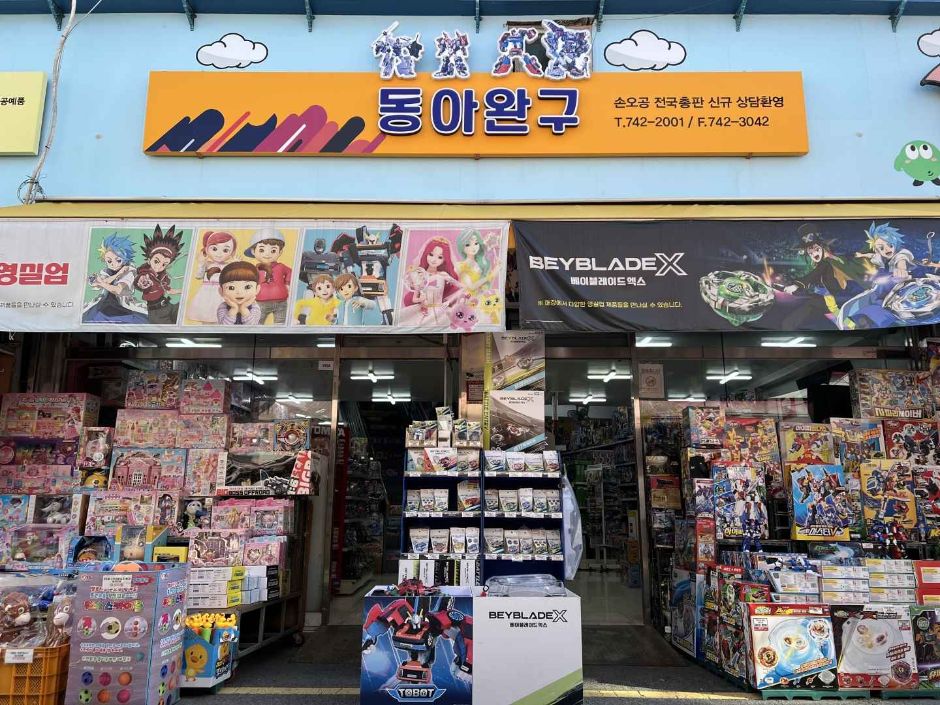
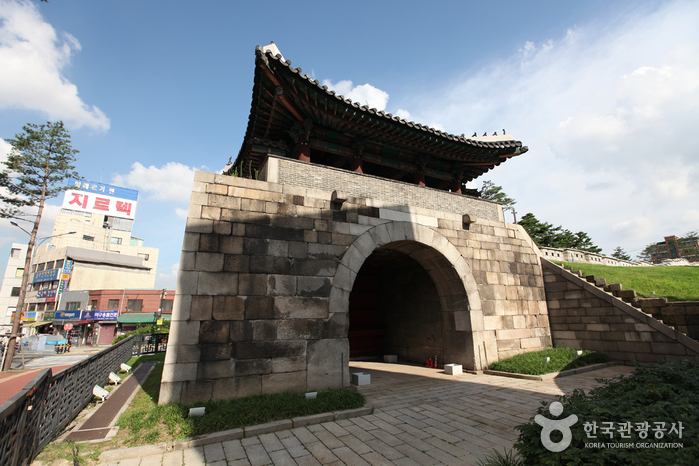
 Français
Français
 한국어
한국어 English
English 日本語
日本語 中文(简体)
中文(简体) Deutsch
Deutsch Español
Español Русский
Русский